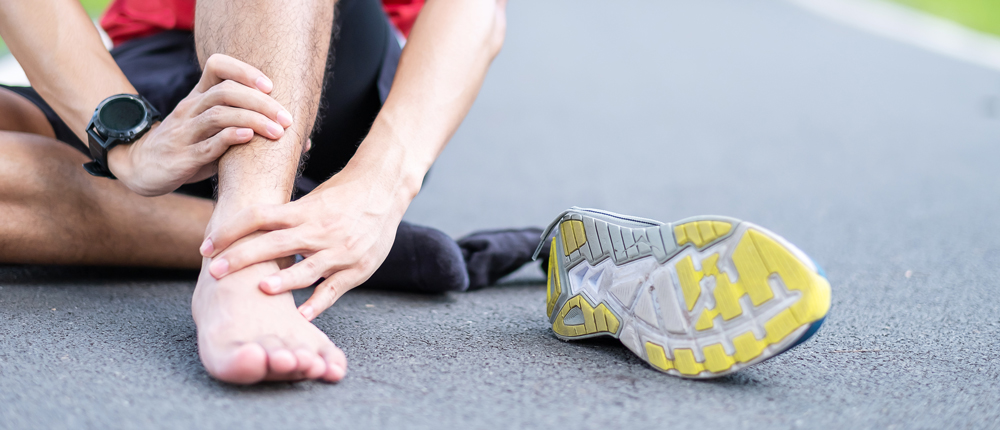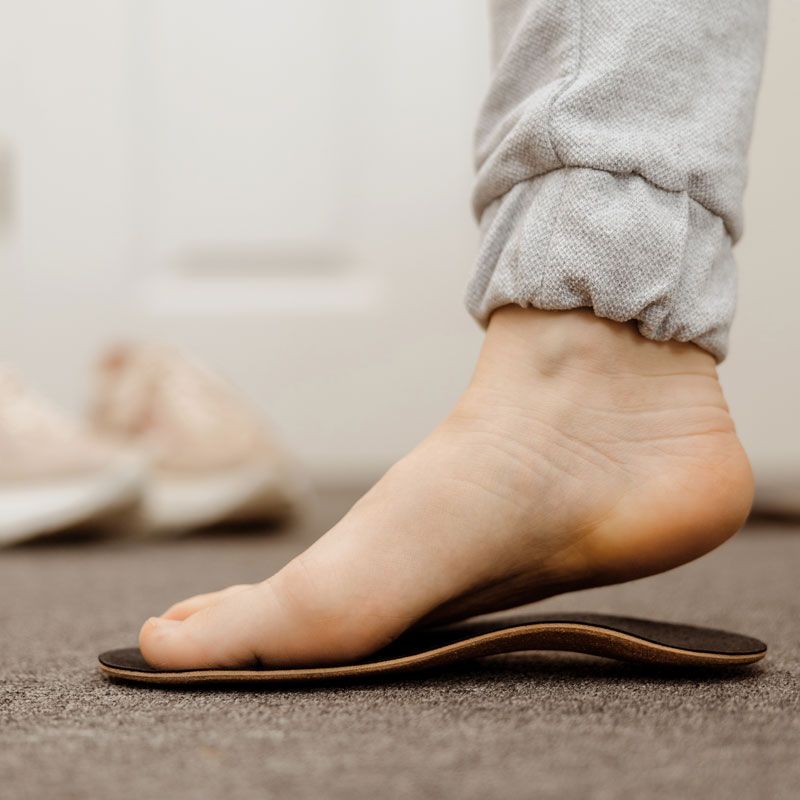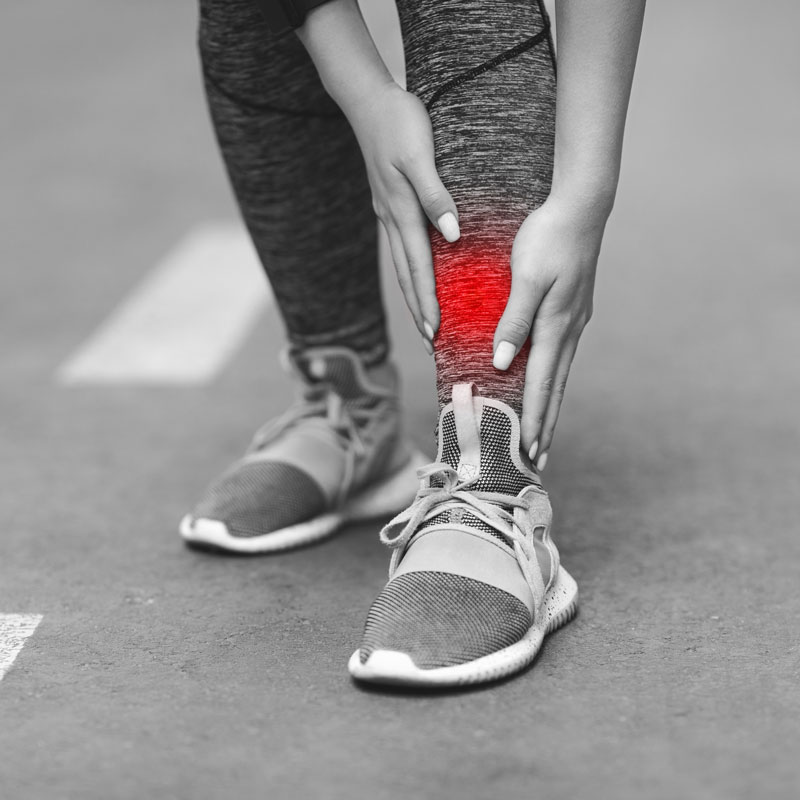
Orthotics provide additional shock absorption and foot padding, protecting you from shin splints, among other injuries. This article will help clarify which type is the best for you.
When your body is in motion, your feet act as shock absorbers. When they stop absorbing shock so well, you can develop shin splints due to the added strain.
The shape of the strength, mobility, and arches of your feet can affect your capacity to absorb shock, which determines your vulnerability to shin splints. However, shock absorption problems are just one possible cause of shin splints.
The bones of your feet form three arches, which ligaments and tendons support. They are springy, flexible structures responsible for absorbing shock and cushioning weight. There are two longitudinal arches on each foot, one internal and one external. The lateral longitudinal foot arch is external, and the medial longitudinal arch is internal. The third arch is the transverse one. It runs at a right angle to the longitudinal arch or across your foot and spans the foot’s width.

Your foot posture impacts your body movement. The most common problems associated with foot posture include overpronation, high arches, or flat feet. Flat feet can lead to shin splints. They are a condition where the longitudinal arches drop to the ground, losing their springiness and being crushed by your weight rather than supporting it.
When you develop this foot condition, more pressure than normal passes from your feet to your lower legs. This is when shin splints and other issues can occur.
There is a strong connection between pain in the lower back, butt, pelvis, legs, and flat feet. Runners with low arches are more vulnerable to joint and soft tissue problems too.
High foot arches can also cause shin splints. Having a high arch means the heel and the ball of your foot are closer together. Usually, high-arched feet are inflexible and stiff. The foot can’t transfer the weight properly when it’s not as mobile. This limits its shock-absorbing properties, resulting in more weight being shifted to other parts of the body. High-arched runners are susceptible to shin splints and fractures in the foot and shin from stress.
One final cause of shin splints is overpronation, which is where your foot rolls inward excessively and your arch collapses under your weight. Runners who suffer from foot overpronation are at an elevated risk of developing not only shin splints but also lower back pain, leg pain, and other overuse injuries.
The more flexible and mobile your foot is, the easier it is for you to balance pressure evenly when you move. Inflexible feet can bear your weight but not bounce back, transfer the weight, or spread it. A stiff foot leads to shin splints, stress fractures, and other overload issues.
Having overly mobile feet also isn’t optimal. They will struggle to support the load. Hypermobile feet can lead to a loss of balance or overstretching injuries.
If the strength of your feet is not balanced, you are more susceptible to shin splints as you have little control over the forces traveling up the shins. People with hypermobile feet need more support, be it from insoles, better shoes, or stronger muscles. Poorly supported feet can result in conditions like plantar fasciitis.
Insoles are placed beneath your foot in your shoe. You can take them out as needed. There are over-the-counter ones you can buy from pharmacies or department stores and custom-made orthotics made in clinics. Effective orthotics help by providing the support that’s missing. They support the arches and cushion your feet when you move. They make running shoes more comfortable, among other things.
As foot posture has a direct impact on your body’s alignment, which is crucial to healthy movement, you need to keep your feet supported and well-positioned when you run.

The best-fitting insoles embrace the contours of your feet. They are of little use if they’re too low but can hurt your feet if they’re too high. Insoles come in different firmness levels and sizes. To pick the best type, choose the one nearest to your foot’s arch height. Your foot shouldn’t sink into the insole if you press down on it. If it does, it means it won’t provide enough support.

Custom orthotic insoles are usually molded to your foot’s unique shape. They are more rigid than standard insoles and have multiple benefits, such as offering more arch support. They can help correct excessive pronation, which minimizes leg rotation, thereby reducing the pressure and the strain on the ligaments and muscles in the lower leg.

Apart from orthotics, ice can help ease shin splint pain and reduce swelling. Other options include non-steroidal anti-inflammatory drugs (NSAIDs) like naproxen, ibuprofen, and aspirin. Of course, your doctor or physical therapist should be your first line of defense. No matter how active you are, building up your activity level gradually is of paramount importance when it comes to preventing shin splints. Another important factor is the warm-up – never skip this stage of the training process.
Milton Orthotic and Wellness boasts a professional team of pedorthists who can inform and educate clients on the most optimal approaches to treat any biomechanical abnormalities, including shin splints. Contact us now to make an appointment with one of our friendly, knowledgeable experts no matter what you need: a custom orthotic, a brace, or an off-the-shelf product. Call us if you have a question about the proper footwear for your foot type.
When you visit us for your first appointment, bring two pairs of shoes you often wear as well as any old orthotic inserts. This will help us analyze your foot structure and make the most appropriate recommendations, especially if you’ve been suffering from shin splints for some time.
